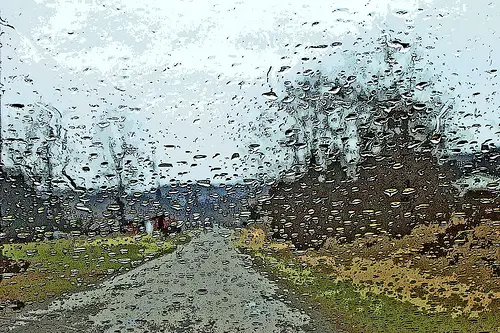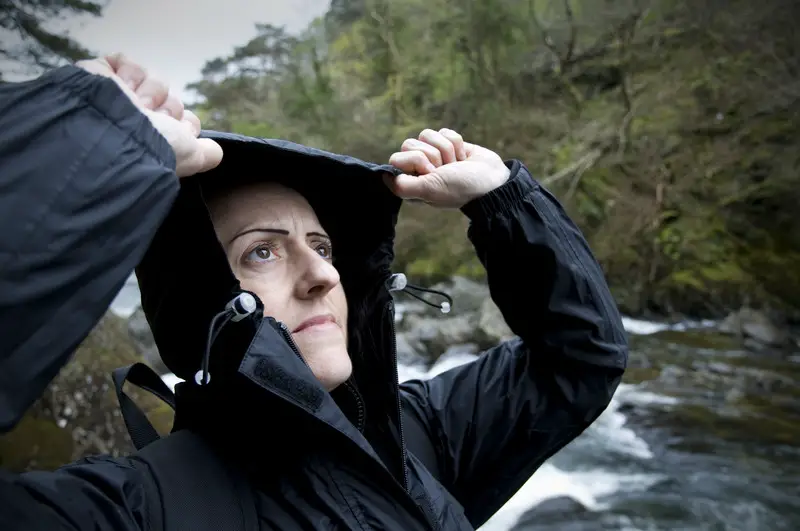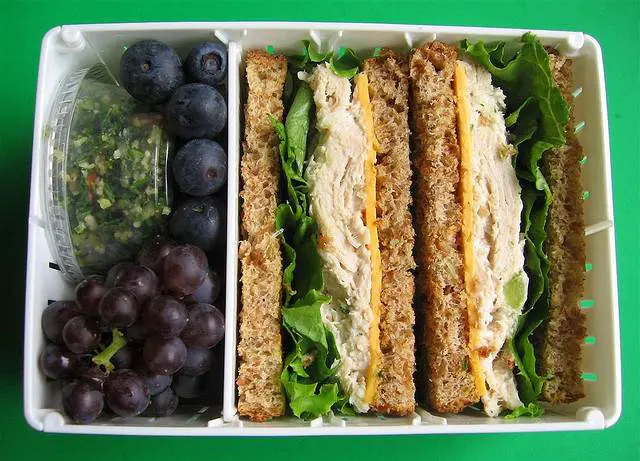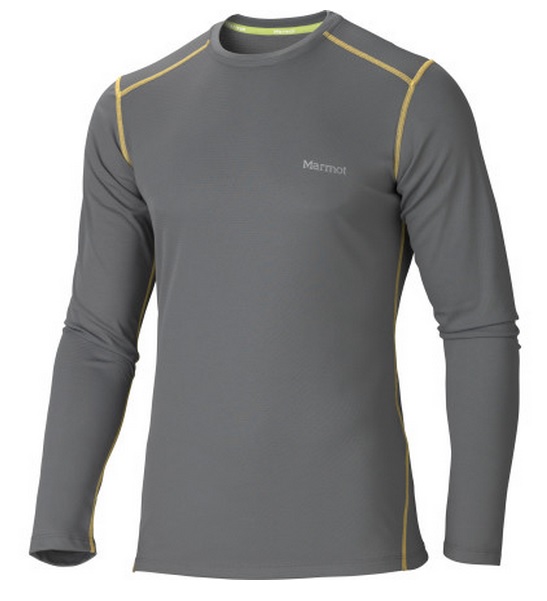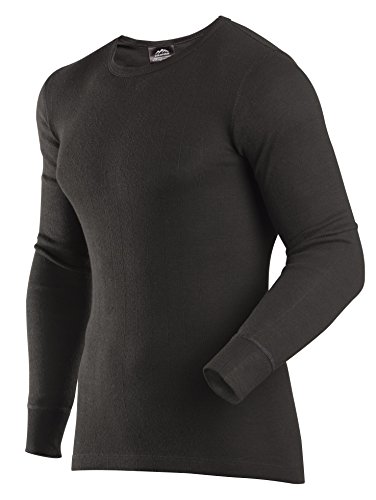In today’s post I again want to look at safety but in the broader context of general hazards while hiking that you may encounter as you venture out into the wilderness.

Safety is pretty much the primary priority when you head out on the trail. Whether you’re new to hiking or a seasoned trekker, I think there is always more room to learn about safety. That has certainly been my experience anyway.
Every time I go to a new country to hike there I need to be mindful of the unfamiliar environment I am going into and what hazards that may present. However, even in areas that I hike in regularly, there’s always more to learn about in terms of safety as the land, the weather, the routes, the people, etc. are always changing.
Broadly speaking, there are four main categories of hazard that, as a hiker, you should be aware of and keep yourself informed about.
These four are:
- Topographical Hazards
- Climatic Hazards
- Human Hazards
- Mountain Environment
What are they all about?
well … let’s have a closer look at each of these categories in a little more detail to find out.
1. Topographical Hazards
Topography is the arrangement of the natural and physical features of a place or area of land. So when we think of topography, we are thinking of the well known phrase, which I’m sure you’ve used on occasion, ‘the lay of the land’.
In that context topographical hazards will be hazards that are related to the lay of the land. So hazards to watch out for in this category would be things like:
- Sheer cliff edges
- Very steep climbs
- Dangerous drops
- Loose rocks
- Rivers, etc…
This list is not exhaustive and each hazard listed deserve’s it’s own special attention.
For example, when looking at rivers, sometimes people can make the mistake of thinking a waist deep river isn’t that big of a hazard. If you fall in, you just swim to safety or climb back out.
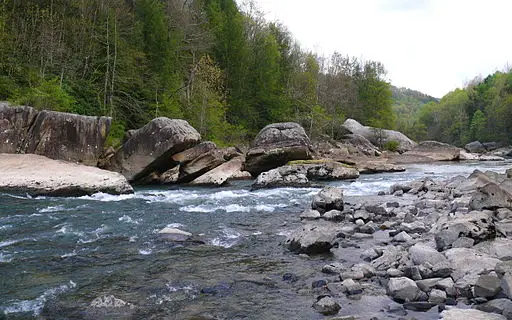
However, rivers like that are a great example of how hazards can be very deceptive. When looking at a river, unless you’re well versed in judging that type of thing, it can be very difficult to judge the current. While it may only be waste deep when standing, if the current is strong enough, it will quickly knock you over, submerging you and dragging you further downstream to deeper areas. All of this most likely along a rocky riverbed.
In fact, any river above ankle height has the potential to sweep you off your feet relatively easily, given the right conditions e.g. speed of current, etc. Topple over in a river with a heavy backpack on, you could get into serious difficulty very quickly. As a general rule I recommend trying to avoid crossing rivers, why take the risk if I can hike a bit further to avoid a water crossing or find a bridge.
Note: rivers can present many other dangers, this is just one that I’m highlighting for illustrative purposes.
2. Climatic Hazards
When considering this category of hiking hazards you need to think about any hazards the climate and weather or the environment you’re hiking in could present.
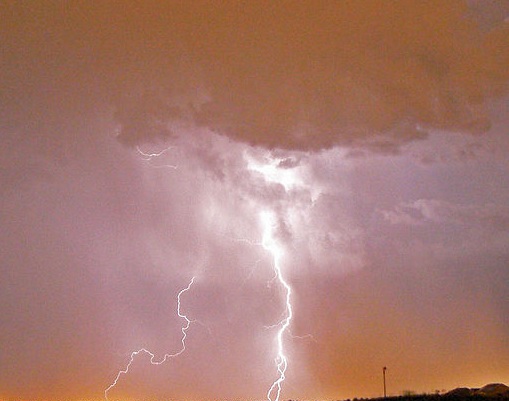
For example, if you’re hiking in freezing conditions in snow, hypothermia is a real hazard you need to be aware of. On the other side of the coin, the same applies if you’re hiking in really hot conditions like deserts where hyperthermia can potentially become an issue.
If you hike on open mountains in area’s prone to bad storms and lightening, you need to recognize that as a hazard as well and ensure you have the knowledge, tools and ability to take the appropriate evasive and protective action to stay safe.
A good illustration of this was a story I heard once about a small group of hikers who were hiking in mountains, not 100% sure where this happened but I have the Rockies in my head, and a bad storm with thunder, lightning and the works kicked in. Their immediate reaction was to find shelter.
There was a cave on a rocky outcrop close by and they all went to there for shelter thinking they would be safe. It turned out to be a very bad move. The stone can channel electricity well and so they effectively walked into a death trap and unfortunately it did not end well.
3. Human Hazards
When looking at human hazards we are talking about things to do with the actual hiker themselves. These are things like fitness, health, etc. In a lot of ways, this category should be the most preventable. Proper preparation and good sense are the watch words here.
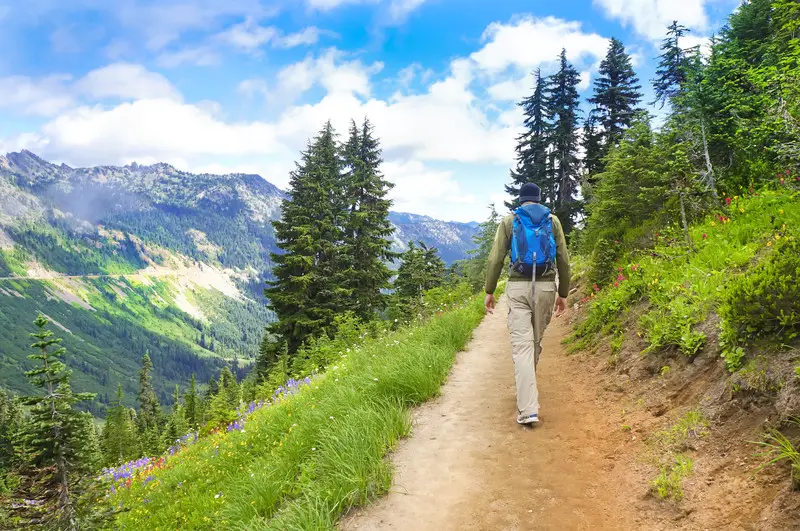
For example, I know of a Guy who took a group of people on a trek in Winter. He checked in advance if anyone had health issues and everyone said no. They went on up the mountain, in snowy conditions, and one woman on the hike started to have an asthma attack!
To make the situation even worse, she didn’t even have her inhaler with her! It all ended well thankfully and she was escorted back down the mountain. It completely nuked the hike for everyone else though as everyone had to come down.
It is a good example of where a hazard was totally avoidable if good preparation and good sense had been adhered to. Why the lady chose to keep her health information from my friend, even after being asked about it, we will never know but it just goes to show that people can do stupid things and / or take needless risks!
Another key one here is having the right hiking gear and equipment. If you go out hiking in heavy rain without a waterproof hiking jacket or adequate hiking boots, you will suffer the consequences. Again, preparation, preparation, preparation!
4. Mountain Environment
This category of hazards relates to the actual environment you’re hiking in. Some time back I did a post on Leave No Trace and that is a key element of this grouping.
If folks leave lot’s of rubbish in the mountains like old drinks cans, that is a hazard to the local wildlife. Simply leaving the remains of an eaten piece of fruit in the environment is not acceptable as it is likely not native to that specific mountain environment. I go into this in much more detail in the post but in short:
Take out everything you bring in, always be respectful to the environment you’re hiking in and leave it like you’d never been there!
Another thing to consider here, in terms of access, is where you’re hiking. If you’re hiking in national parks, that’s totally cool as that’s what they’re there for. There are trails and clear rules to follow should you wish to go into the wilderness, so there should generally be minimal issues in terms of access.
However, sometimes, private lands can be close to public parks. In many of these cases, as it’s private you’re probably not allowed to go hiking in it without permission.

While I am all for hikers having as many rights as possible to hike where they wish, I also appreciate that private land is private land. Boundaries should be respected and permission sought in advance to hike across someones lands. Many times, all you need to do is be courteous and respectful enough to ask. There may also be regional / national governmental bodies who can advise on the rules depending on what country you’re in.
Conclusion
So there we have it. These are the main categories of hiking hazards that you should be aware of when you head out on the trail. However, it is not an exhaustive list and the categories can vary considerably depending on where you’re hiking.
For example, weather hazards while hiking in the outback in Australia will be considerably different from hiking in the Himalayas.
As always, preparation is the key. Educate yourself and take the time to research and prepare for your hike in advance, especially if it’s in a country or environment you’re new to. You’ll find a wealth of information on the net or you can check out forums to speak to someone who’s hiked there before (sometimes this is also the best option for tips, tricks, route suggestions, etc. on a particular hike).
As always, safety is paramount and preparation now, prevents pain later and helps ensure that you’ll have as enjoyable a hike as possible!
Have you ever experienced difficulty with any of these hiking hazards on the trail? I’d love to hear your story in the comments below!
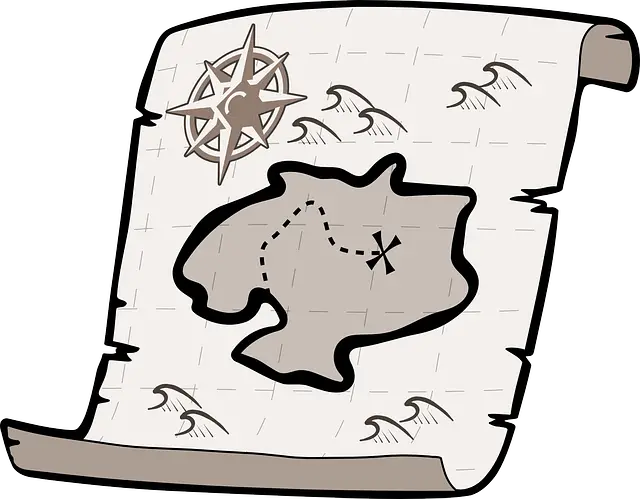

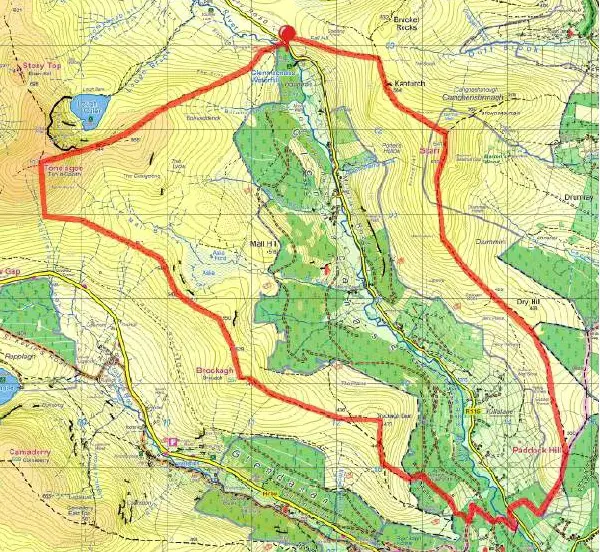 Again, Apps like Viewranger make this really handy and easy to do. I plotted the route above using it.
Again, Apps like Viewranger make this really handy and easy to do. I plotted the route above using it.

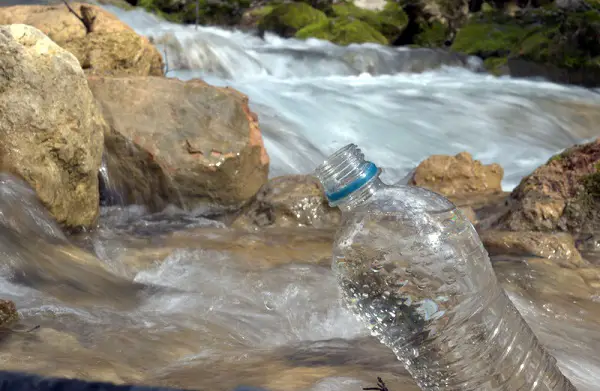

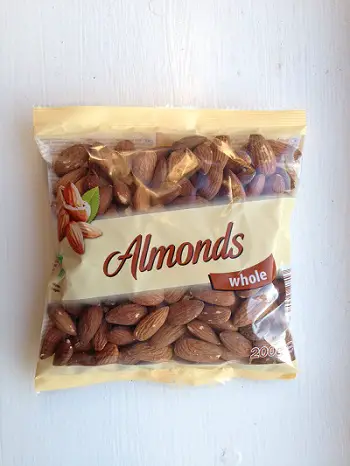
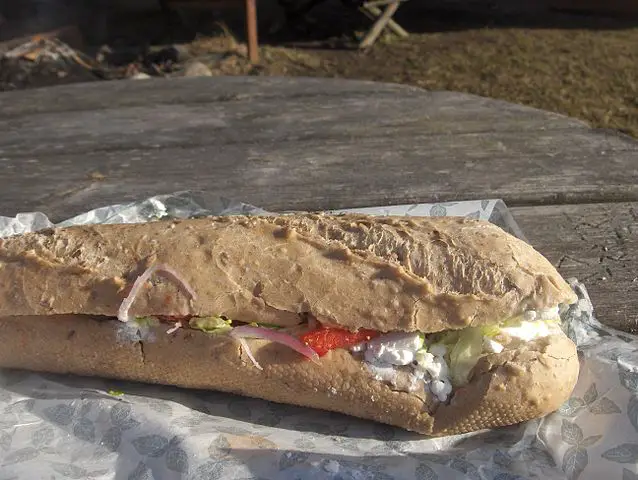
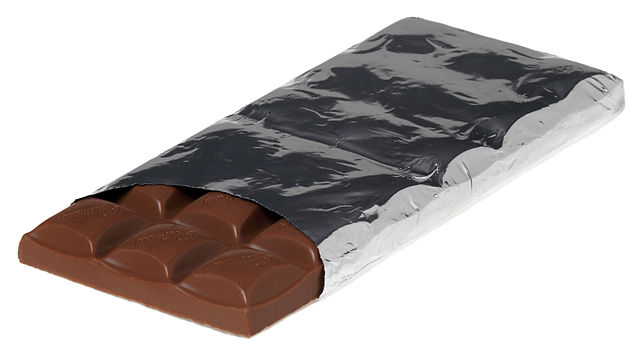
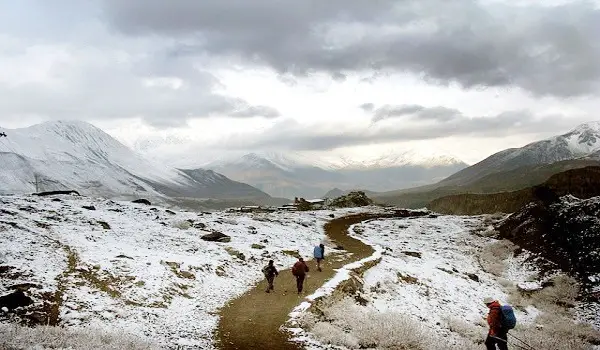
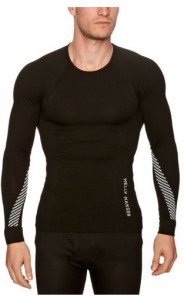
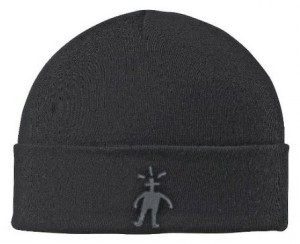
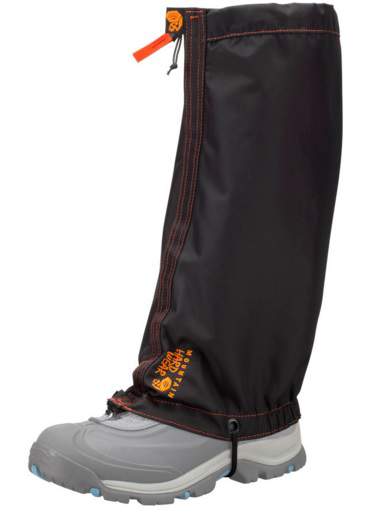
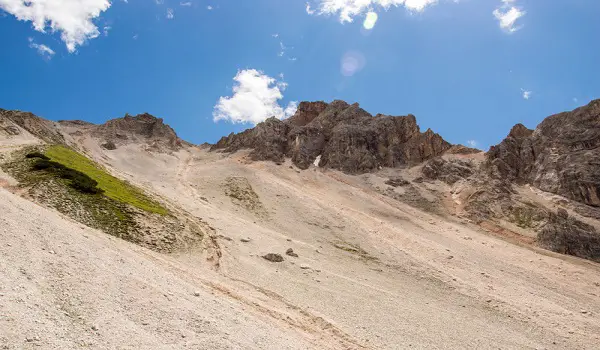

 in the hills, they proceeded to tell a story about a time they were working with a group in Ben Nevis in Scotland.
in the hills, they proceeded to tell a story about a time they were working with a group in Ben Nevis in Scotland.